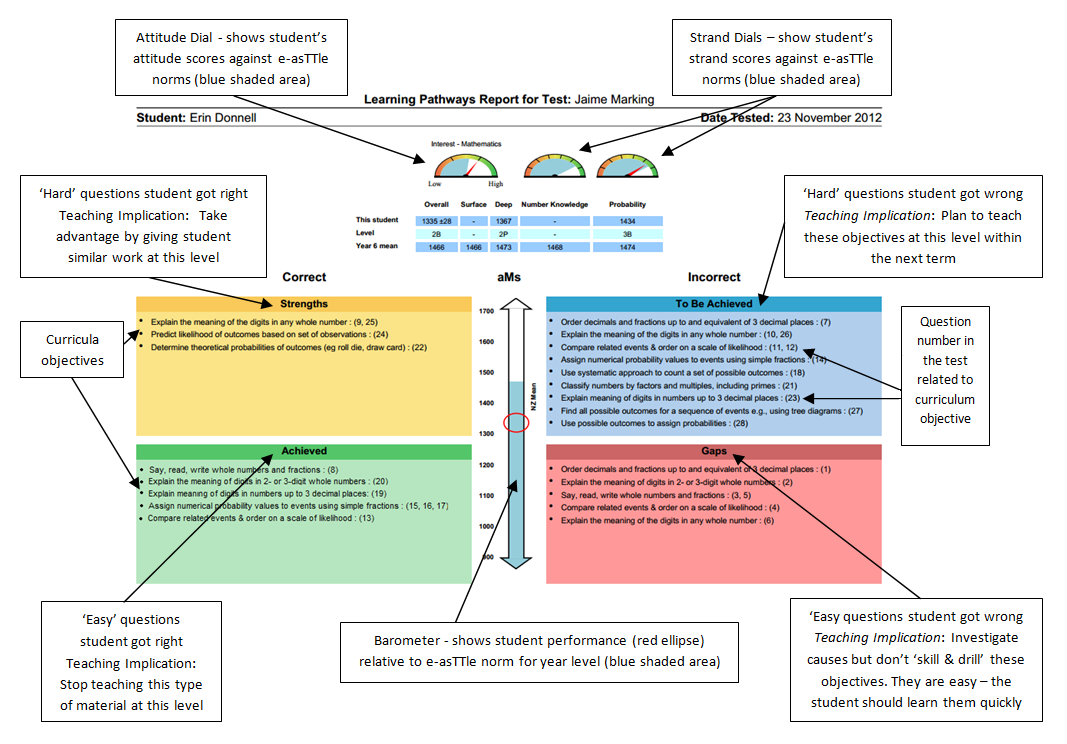Students at Mission Heights Junior College enjoy many opportunities and are able to learn in an environment which has been specially designed for students of this cohort or age range.
The four year transition from primary to senior secondary school has distinct advantages:
Instead of a two year, which some refer to as the “revolving door” experience of an intermediate school where it is difficult to establish strong relationships in such a short time, teachers are able to get to know and support our students over four years.
Positive and caring relationships are the key to positive well-being and academic achievement.
The whanau structure of the school or schools within schools model further increases the quality of the relationship as students usually remain in the same whanau the whole time and with the same Learning Advisor and Senior Leaders. Having only 200 students in each whanau led by two experienced senior leaders ensures personalised and individual attention.
The middle college years are important for maturation and the building of a strong personal identity. Being grouped together at a time when they are neither primary nor senior secondary is a distinct advantage at this stage of their personal development. Being shielded for two years from some of the negative influences of senior students to which Year 9 and 10 students at senior colleges are exposed is an obvious benefit to our students at this impressionable age.
Positive friendships are also important factors for wellbeing and achievement. So it would be an advantage for students to transition to a senior college together from a junior college rather than disconnect before the end of Year 10.
Our students are able to grow without the constraints of having older students above them. We see incredible confidence and maturity in our senior students as they are the leaders of the school and occupy leadership positions that would normally be taken by Year 11, 12 or 13 students in a senior college. The image of trees fighting for sunlight in a forest comes to mind – our students can grow taller and stronger without a canopy above them.
Our curriculum has been carefully designed to ensure students receive specialist teaching from Year 7 to 10. Our students, having received excellent general foundations at primary school are ready for the next phase of specialised teaching. They are taught by a range of expert teachers rather than one home room teacher as in an intermediate school who may or may not have the same skills across all learning areas. The integrated curriculum learnt within a context is also enjoyed by students who can see the relevance of their learning in the real world.
Crucially students are able to receive the undivided attention of our teachers who are not distracted by the work-load of NCEA or CIE assessment which starts in Year 11 and continues to Year 13. Many of our teachers comment on how refreshing it is to return to the true meaning of discovery learning rather than “learning for assessment” required by senior courses and our students benefit as a result.
We believe that our students are well prepared for senior college and while gathering credits for NCEA is not our core business we do give our Year 10 students an opportunity to attempt achievement standards in most of their subjects. This gives them a taste of the NCEA process and an opportunity to carry some credits into Year 11.




